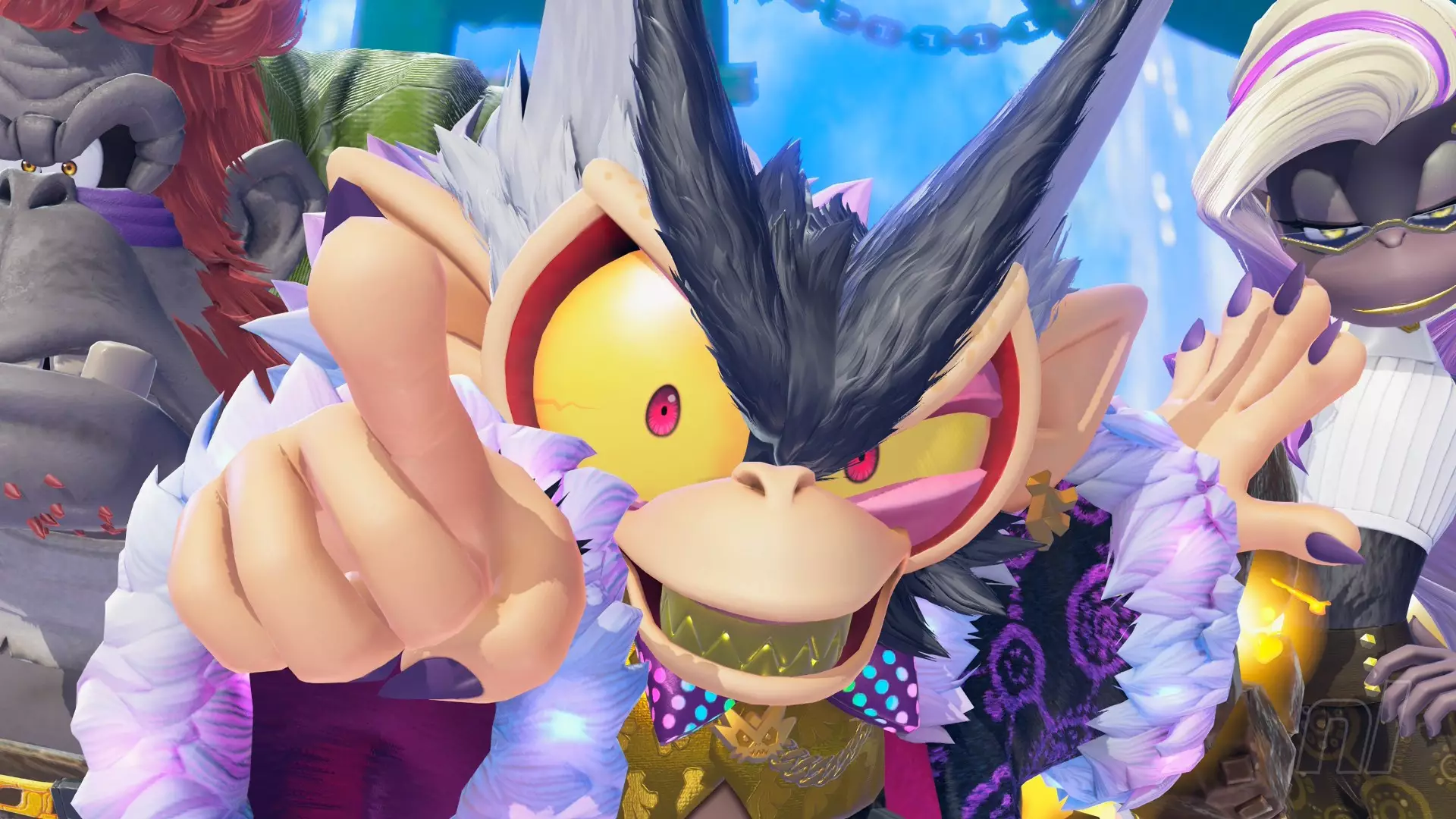When Nintendo releases a new Donkey Kong title, expectations are high, given the franchise’s legendary status and the recent resurgence of retro-inspired platformers. Donkey Kong Bananza impressively balances reverence for its past with innovative gameplay, offering fans both nostalgia and fresh thrills. Its reception, marked by a solid 9/10, is well deserved, yet beneath its slick surface lies a treasure trove of intricately woven Easter eggs and nods that elevate it beyond mere gameplay. These subtle references serve as a love letter to longtime fans, deepening the game’s appeal for those who recognize the throwbacks, while inviting newcomers into a universe layered with history.
This game boldly reimagines the classic platformer genre by integrating layers of meta-homage. It doesn’t merely rest on its laurels; it creates an intricate tapestry of references spanning decades of Donkey Kong lore. The developers’ dedication to embedding meaningful callbacks transforms what could be simple levels into interactive exhibits of franchise storytelling. Such design choices highlight a fundamental truth: great games thrive not just on mechanics but on their ability to connect emotionally with players, and Donkey Kong Bananza masters this art.
Meticulous Design and Recognizable Easter Eggs
One of the game’s most compelling features is its array of meticulously crafted Easter eggs. These aren’t superficial nods; they’re carefully hidden, rewarding observant players with deeper engagement. For example, the side-scrolling tribute levels act as interactive time capsules, echoing the early days of DK’s adventures. The Hilltop Layer’s “Nostalgia Country” specifically pays homage to Donkey Kong Country, complete with the familiar lush terrain and iconic soundtrack snippets. Meanwhile, the Resort Layer’s Mine Cart Country level deviously references classic mine cart sequences, keeping the adrenaline-pumping spirit alive.
The Radiance Layer offers arcade aficionados a throwback to the 1981 Donkey Kong arcade release, subtly sporting visual cues that only the keenest fans will recognize. Perhaps most notably, the Bramble Country bonus level from the Forest Layer honors Donkey Kong Country 2, featuring Rambi’s return—a character beloved for his brute strength and unwavering loyalty. The inclusion of “Double Trouble” graffiti on track hoardings isn’t just aesthetic; it hints at the game’s layered storytelling, blurring the line between homage and self-aware humor.
Fossil discoveries further enrich the game’s universe, unveiling glimpses of the franchise’s distant past. Encountering fossils inspired by characters like Tricky the Triceratops from Donkey Kong Racing or Engarde the swordfish from Donkey Kong Country reminds players that the franchise’s universe is vast and storied. These fossils act as subtle breadcrumbs, inviting fans to piece together the franchise’s expansive lore. It’s a testament to the developers’ understanding: storytelling within a platformer can extend beyond dialogue and cutscenes; it can be embedded within environmental details that ignite curiosity.
Fashion and Homecoming: Celebrating Classic Characters
Fan service extends beyond gameplay to character customizations, especially through familiar outfits for Pauline. Her appearance in her diva dress from Mario Odyssey or the classic arcade attire evokes nostalgia while providing players with customization options that celebrate her evolution within Nintendo’s universe. Unlocking these costumes via amiibo or in-game rewards creates a satisfying sense of progress and personalization, underscoring the game’s layered approach to engagement.
Perhaps the most emotionally resonant Easter egg is the reappearance of Donkey Kong’s treehouse—an iconic symbol from the original arcade game. Located in the Nostalgia Country level, reaching DK’s home feels like stepping into a personal sanctuary for fans who grew up with the franchise. The detailed recreation, accessible with a simple climb, isn’t just a visual callback but a poignant reminder of DK’s roots. Smashing through the familiar surroundings offers a cathartic release, allowing players to indulge their curiosity while celebrating the franchise’s humble beginnings.
In sum, Donkey Kong Bananza isn’t merely a platformer; it’s a love song to decades of Nintendo history. Its Easter eggs are more than mere references—they’re carefully woven threads in a narrative tapestry that invites players to explore, reminisce, and celebrate. While these hidden gems elevate the experience, they also reinforce a crucial message: a true franchise legacy is built on thoughtful detail as much as innovative gameplay. Nintendo’s latest offering proves that, with enough passion and ingenuity, the past and present can collide into a vibrant, meaningful adventure.

